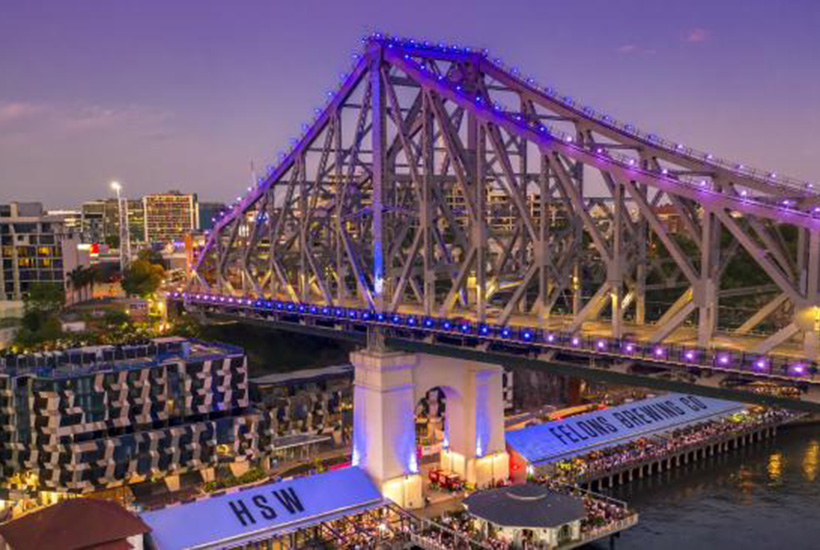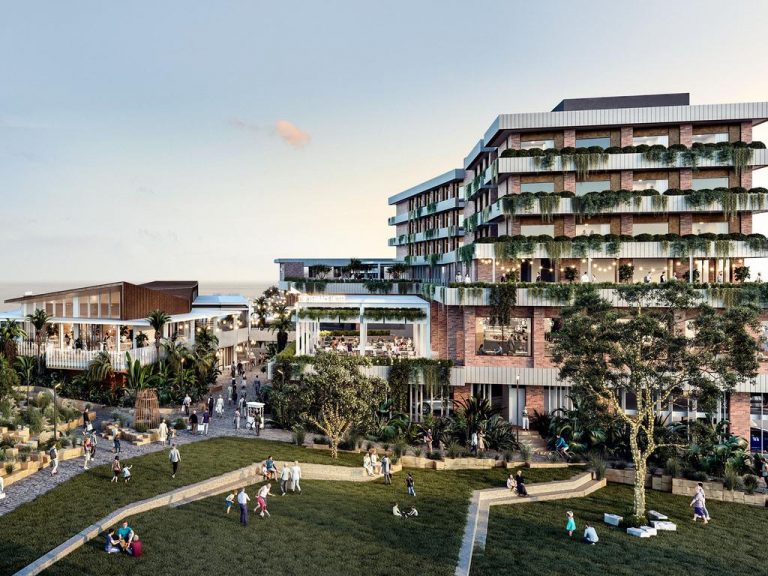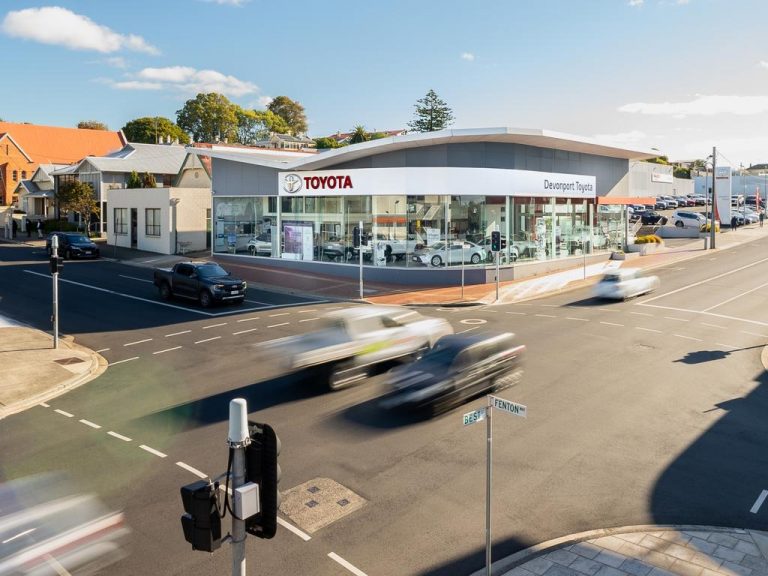Buildings must adapt to climate challenge: expert

Buildings must evolve to deal with the challenges thrown up by the changing climate, according to the judges of a leading architectural prize.
The art of designing for a more complex, and potentially harsher climatic conditions, has been a priority for architects.
Malcolm Snow, jury chair and chief executive of the City Renewal Authority in Canberra, says the industry is facing several “wicked problems” that are being addressed through urban design.
Commercial Insights: Subscribe to receive the latest news and updates
“One of the big trends is, of course, climate change,” Snow told The Australian.
“Increasingly, environmental sustainability has certainly become more mainstream. In the past, the social dimension of sustainability has been lacking. These awards show and demonstrate that community design to serve the people who are going to use these buildings is an important consideration,” he says.
“The collaboration aspect that was seen in these project awards this year was really outstanding. I think that’s a mark of good urban design. It’s not only just co-design, it’s testing the boundaries of design practice to drawing fresh ideas and new approaches, “ he added.
Brisbane’s Howard Smith Wharves development has tied with the Maitland Levee and Riverlink Building in NSW to take out the Australian Urban Design Awards top award.
The two projects were among five overall national winners at last night’s awards in Melbourne, which celebrate high quality, contemporary Australian urban design. Commendations were also awarded to five other projects across the four categories.
Howard Smith Wharves and the Maitland Levee and Riverlink Building won the Built projects, city and regional scale, award. The Brisbane project, by HSW Nominees, Urbis and Woods Bagot, was congratulated for its transformation of the challenging site beneath the Story Bridge into a contemporary public space. Judges said the Maitland building, designed by McGregor Coxall & Chrofi, was an “exemplar in regional urban design and renewal in Australia.”
Both projects were designed to bring their communities together and help people connect. “Cities should be supporting the way in which we connect with each other as citizens, as people,” Snow says.
Tract’s Victorian Ferrars Street Education & Community Precinct project and Hassell’s Flour Mill of Summer Hill site in NSW jointly won the Built projects, local and neighbourhood scale, prize. The Leadership, advocacy and research, city and regional scale award was presented to Leigh Woolley Architect and Urban Design Consultant for the Tasmanian Building Height Standards Review project.
Aspect Studios with Cox Architecture’s Caulfield to Dandenong Level Crossing Removal Project and MGS Architects and Jacobs Architects Rosanna Station, both in Melbourne, received commendations for built design alongside the Tasmanian Bridge of Remembrance by Denton Corker Marshall.
Snow led the judging panel, made up of Linda Corkery, discipline director landscape architecture at UNSW, Michael McKeown, director at Adelaide’s Jensen Plus, and Amy Muir, director of MUIR Architecture.
This article originally appeared on www.theaustralian.com.au/property.







